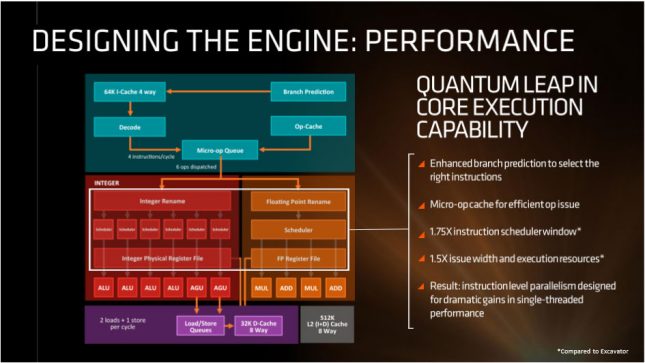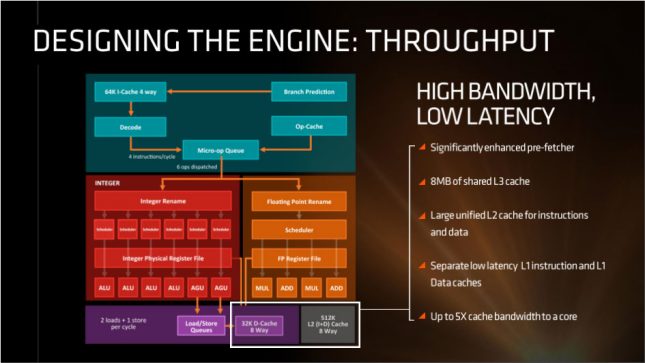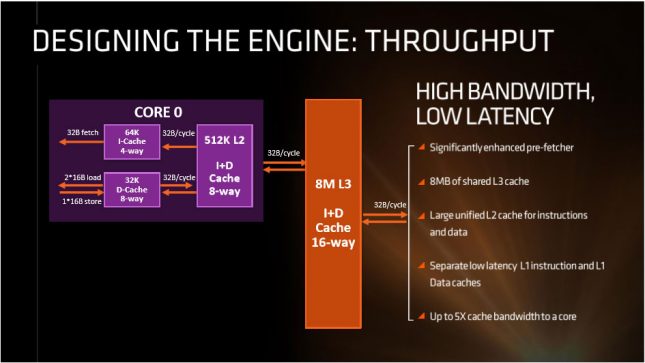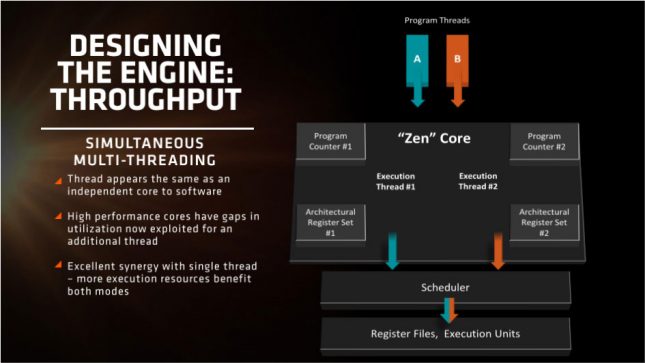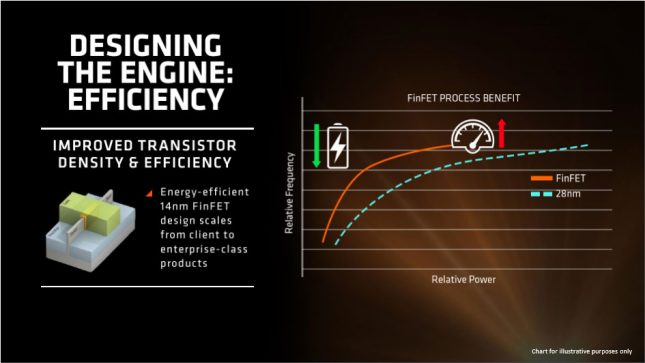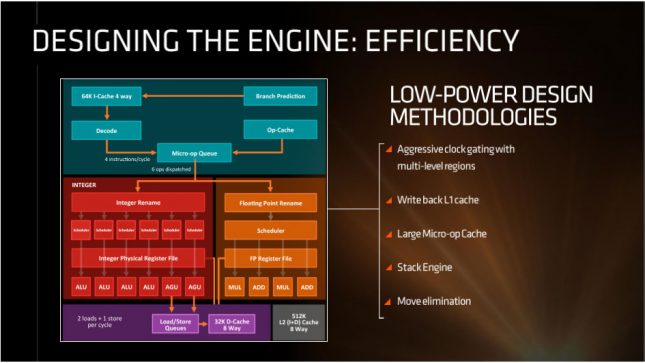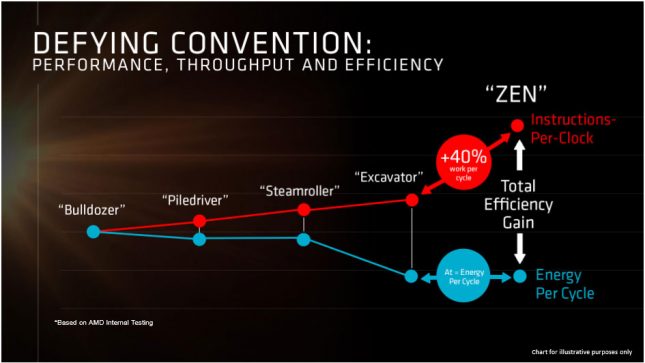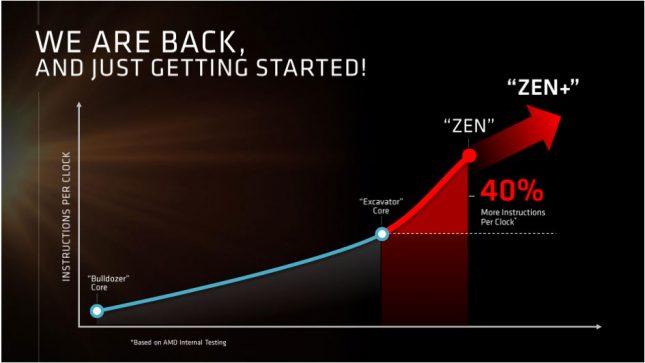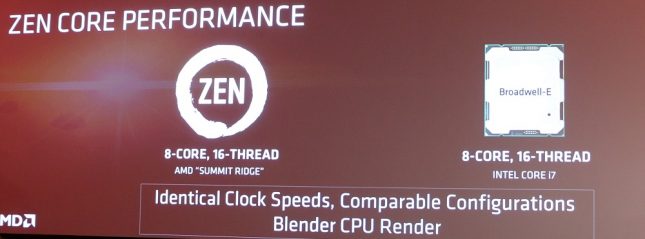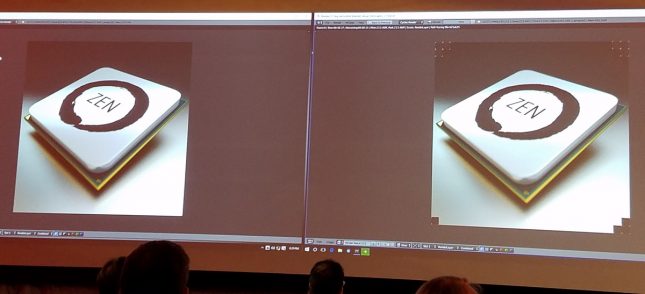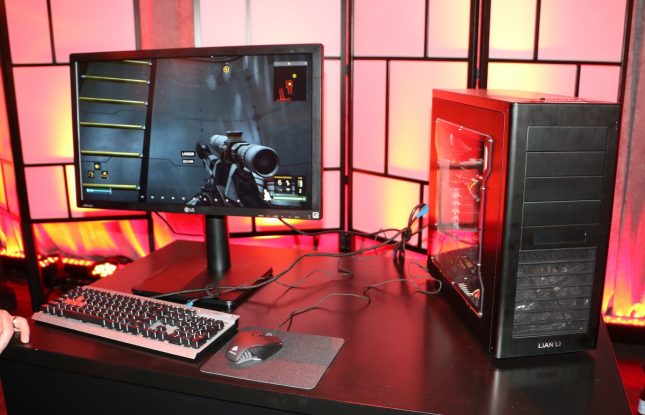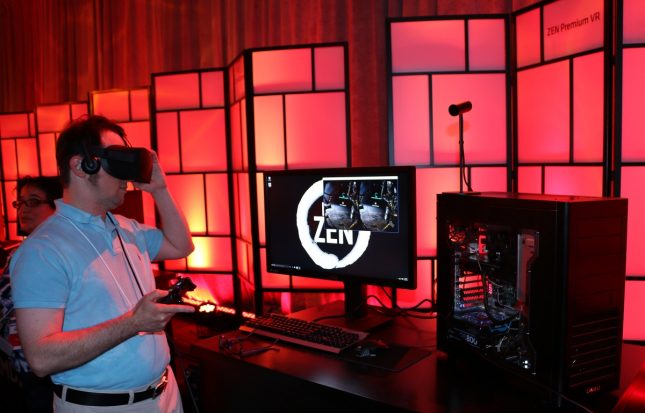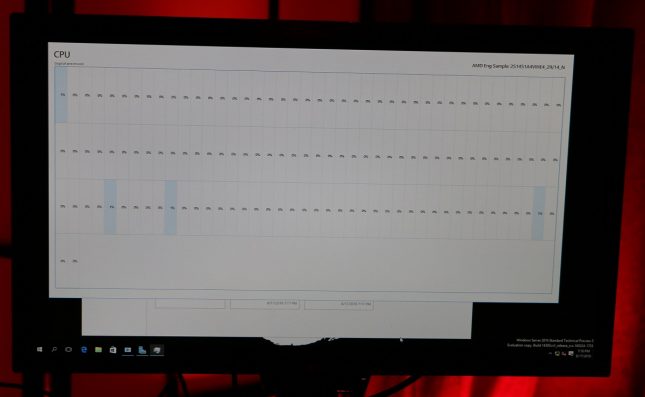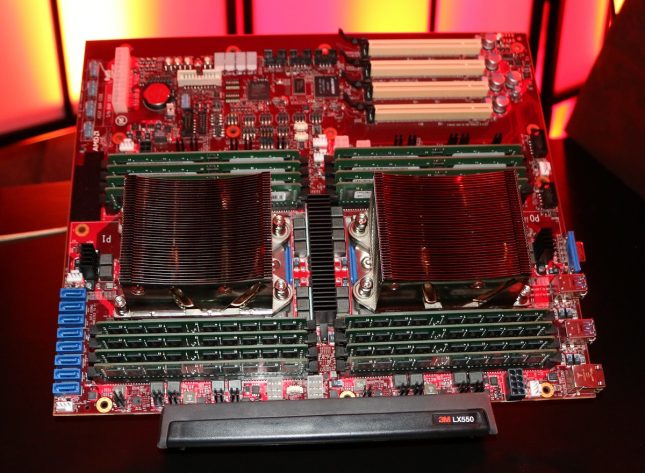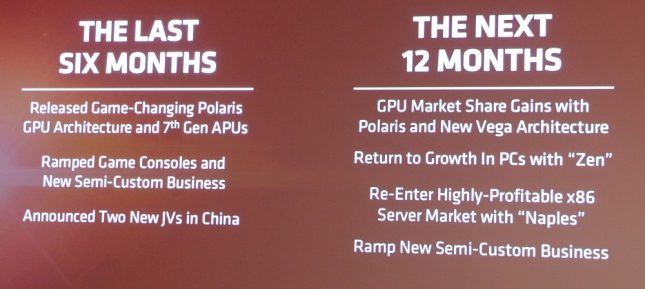AMD Zen Ready To Battle Intel’s Broadwell-E Processors
We’ve been waiting for AMD to release their new Zen processor core architecture for years. We’ve heard rumors that the part was a flop, that it was going to be so-so and than it was a home run and would help bring AMD back to the glory days again. The months and years wondering about how Zen would perform are about to be over as AMD is finally ready to get serious about Zen and show what they have come up with. Last night we were able to attend a press briefing by AMD in San Francisco where Dr. Lisa Su (AMD President and CEO) along with Mark Papermaster (AMD SVP and CTO) reveled new details about Zen.
 Let’s talk about what we already knew before last night. We understood that Zen was a brand new grounds-up, high-performance x86 core design that would be built using the 14m FinFET process by GlobalFoundaries. AMD had a target of 40% improvements in instructions per clock (IPC) over the previous generation core architecture and that they would be using Simultaneous Multithreading architecture (SMT) for high throughput and a high-bandwidth, low latency cache system. The final performance of the Zen processor, architecture details, processor lineup, pricing and a launch date all remained a mystery. While we did not find out everything last night we were able to get more information about the Zen architecture and our first first look at some general performance of the 8-core / 16-thread Summit Ridge processor.
Let’s talk about what we already knew before last night. We understood that Zen was a brand new grounds-up, high-performance x86 core design that would be built using the 14m FinFET process by GlobalFoundaries. AMD had a target of 40% improvements in instructions per clock (IPC) over the previous generation core architecture and that they would be using Simultaneous Multithreading architecture (SMT) for high throughput and a high-bandwidth, low latency cache system. The final performance of the Zen processor, architecture details, processor lineup, pricing and a launch date all remained a mystery. While we did not find out everything last night we were able to get more information about the Zen architecture and our first first look at some general performance of the 8-core / 16-thread Summit Ridge processor.
Let’s take a look at the high level architecture information that we were given about Zen.
AMD completely overhauled the branch prediction system and is using micro-op cache for the very first time. By also increasing the execution width and resources, AMD is seeing a 75% increase in compute efficiency. Thanks to the new instruction level parallelism there should be dramatic gains in single-threaded performance and that is great news. AMD has had weak single-threaded performance for some time now and they needed healthy performance gains there to catch up to Intel to be competitive.
In order to ‘feed the beast’ AMD went with an integrated 8MB of Shared L3 cache for the very first time that is connected to a large unified 512K L2 cache. AMD is seeing up to 5x the cache bandwidth with the new cache design!
The slide above shows the individual 32K L1 caches that are on each core, the unified 8-way 512K L2 cache and then the 8MB L3 cache that is 16-way associative. It looks like 32 bytes per cycle an be passed along the entire pipeline.
Intel HyperThreading technology has been successful for the blue team and we suspect that AMD’s SMT technology will do the same for the green team.
All AMD Zen processors are built using the 14nm FinFET process by GlobalFoundaries and the efficiency of Zen should benefit greatly from this. By maximizing transistor density and efficiency AMD is hopeful that they will be competitive on the power front, but stopped short of providing any TDP data this far away from the release of actual processors. AMD is still sorting processors and figuring out what clock speeds they want to offer, but as long as it is competitive with Intel they should be in good shape.
This slide talks about the low-power design methodologies that AMD implemented when designing Zen. The write back L1 cache is a huge step forward as it reduces the number of times the memory needs to be accessed.
This slide shows that AMD was able to hit the mark on the 40% IPC improvement over Excavator that they were aiming for and dramatically reduced the energy per cycle. Notice that AMD didn’t give a percentage on the power reduction, so we’ll all just have to wait and see what holds.
And in typical AMD fashion… Zen isn’t out yet, but AMD is already working on Zen+ and they are hoping to get higher IPC by making further performance improvements.
AMD ran a demo using Blender to compare the performance of a Zen engineering sample processor to an Intel Core Core i7-6950 Broadwell-E processor. The Summit Ridge processor (8-core / 16-thread) for the demo was running at a clock frequency of 3GHz and the Intel processor was set to 3GHz as well to have a good clock for clock comparison. To the surprise of most in the audience the Zen processor completed the benchmark just a fraction of a second or so ahead of the Intel processor! This is pretty damn impressive, but we don’t know the specifics of the and this benchmark was likely cherry picked for the Zen debut.
AMD also showed a Summit Ridge processor in a demo system with an AMD Radeon R9 Fury X graphics card that was running Dues Ex Mankind Divided at 4K. The game was running smooth and we begged the demo team to let us run FRAPS, but no dice.
We also got a chance to look at a Oculus VR demo that was powered by Summit Ridge and a Radeon RX 480 8GB ‘Polaris’ graphics card on the AM4 platform.
On the server side AMD was showing off a running Naples board that used Zen-based processors that each have 32-cores and 64-threads. Priority server customer sampling began Q2 2016, and dual socket server platforms are now available to AMD’s key customers. rver platforms are now running at both our labs and our customers’ labs.
The future looks good and AMD is all smiles with Zen!
Developing….

